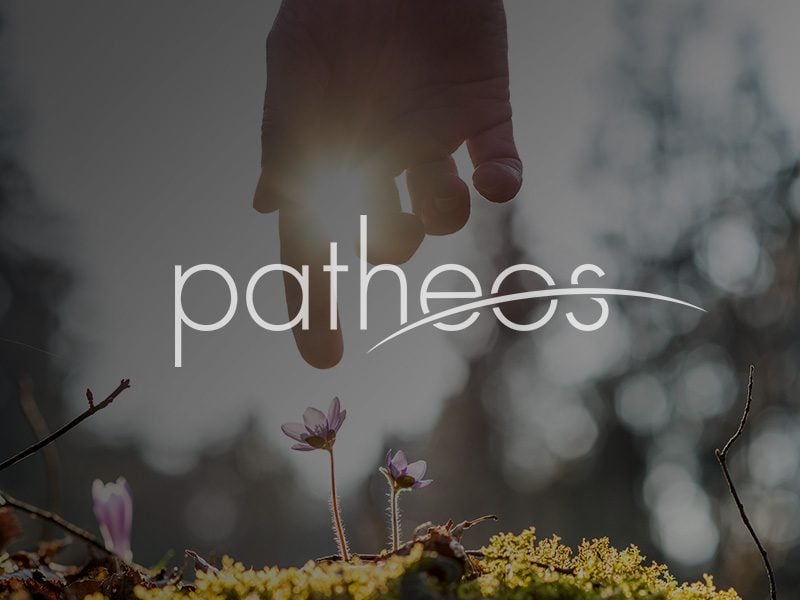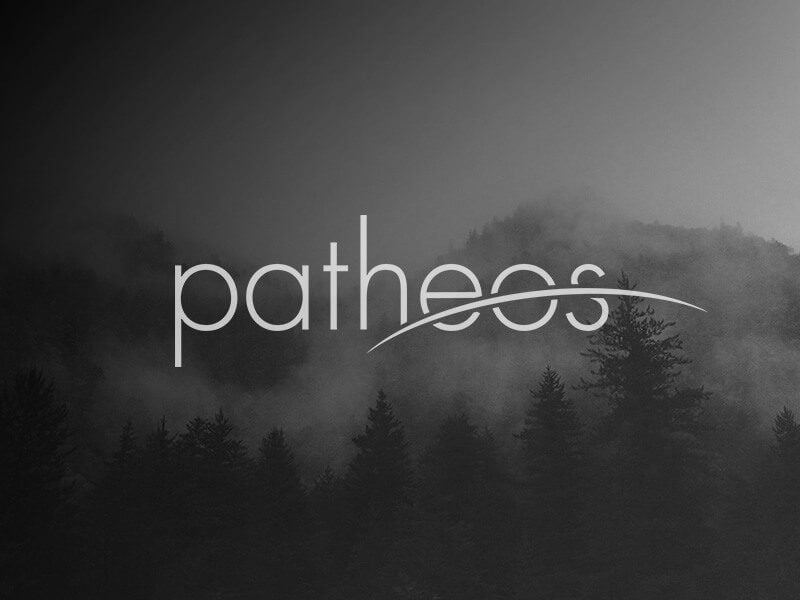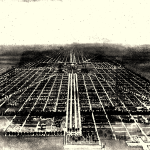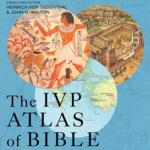Awhile back, I suggested some reasons for leaning toward supralapsarianism. Here’s some more: Infra seems to lack an eschatology. Creation is made, the fall is decreed, and then salvation is seen as a rescue from the fall. In supra, creation is never considered apart from a consummation. Salvation is not merely rescue from the fall, but the final realization of the purposes of the original creation. Supra underwrites the connection of protology and eschatology, and makes better sense of what... Read more















